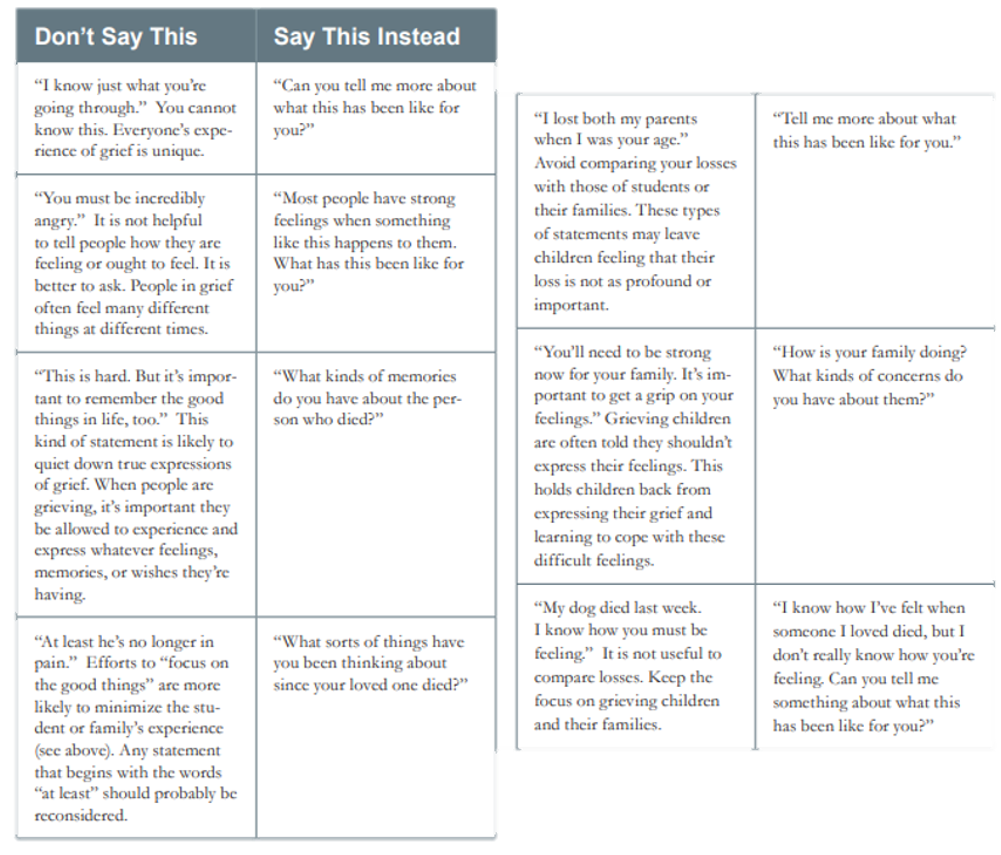 This post is an entry for Part III of the Mentally Healthy resource guide for UP faculty and academic staff working with students who might have mental health concerns.
This post is an entry for Part III of the Mentally Healthy resource guide for UP faculty and academic staff working with students who might have mental health concerns.
While no one would ever wish a trauma experience on a student, the reality is that trauma experiences are common and often unavoidable. The question becomes how we respond. While ‘post-traumatic stress disorder (PTSD)’ has come into common parlance and helped people better recognize the possible long-term effects of trauma, psychologists are also very interested in ‘post-traumatic growth’ and encourage a recognition that with the right support trauma is not always debilitating.
The Portland-based Education Northwest organization makes available a broad guide on Trauma-Informed Practices for Postsecondary Education that covers a wide range of trauma experiences. The American Counseling Association also has information available about what to expect from “Distressed College Students Following Traumatic Events” including examples of effects that might include suicide threat, memory loss, comments trigger flashbacks, and survivor’s guilt.
Here I’ll also just briefly discuss two types of trauma experiences seem particularly common among college students: the death of a loved one, and experiences of sexual assault.
According to the University of California guide for Promoting Student Mental Health “Between 35 and 48 percent of college students have lost a family member or close friend within the last two years (Balk, 1997; Wrenn, 1999; Balk, Walker & Baker, 2010). Furthermore, 8.6 percent of college students’ academic performances have been affected by the death of a family member or close friend within the last year (Servaty-Seib & Hamilton, 2006). Research shows that a student’s GPA significantly decreases during the semester of loss, providing empirical support for the assertion that bereaved students are at risk for declined academic performance (Servaty-Seib, 2006).”
Beyond referring students with significant grief needs to the UP Health and Counseling Center and to the Early Alert / Care Team, there are quite a few resources for educators working with grieving students. While many of these are geared at K-12 educational contexts, an organization called Actively Moving Forward is specifically geared toward “connecting and empowering grieving college students” while also being part of a broader Coalition to Support Grieving Students offering resources such as these suggestions of “what not to say”:

The University of California guide for faculty and staff also notes that “The statistics for the sexual assault of college women is staggering: one in four or five college women will be survivors of a sexual assault during their college career. While approximately 90 percent of sexual assault survivors are female, it is estimated that 10 percent of survivors are male. While most sexual assaults are committed by men against women, men are also assaulted by women, and same-sex assaults also occur. The transgender population is also at risk. The majority of sexual assaults are committed by someone known to the survivor (e.g., an acquaintance, date, partner or former partner, or family member) and most of these assaults go unreported.”
When faculty and academic staff are confronted with this type of trauma, the UP Title IX office offers a helpful guide elaborating on a five step model:
Step 1 – Support. Offer support non-judgmentally and with empathy.
Step 2 – Safety. Assess for safety. [contacting Public Safety at 503 943 7161 if necessary]
Step 3 – Confidentiality. Inform about the limits of confidentiality to conversation. [noting that with UP employees it cannot be completely confidential]
Step 4 – Resources. Refer to appropriate resources.
Step 5 – Report. Report to the Title IX Office.
Photo by Ravi Roshan on Unsplash
